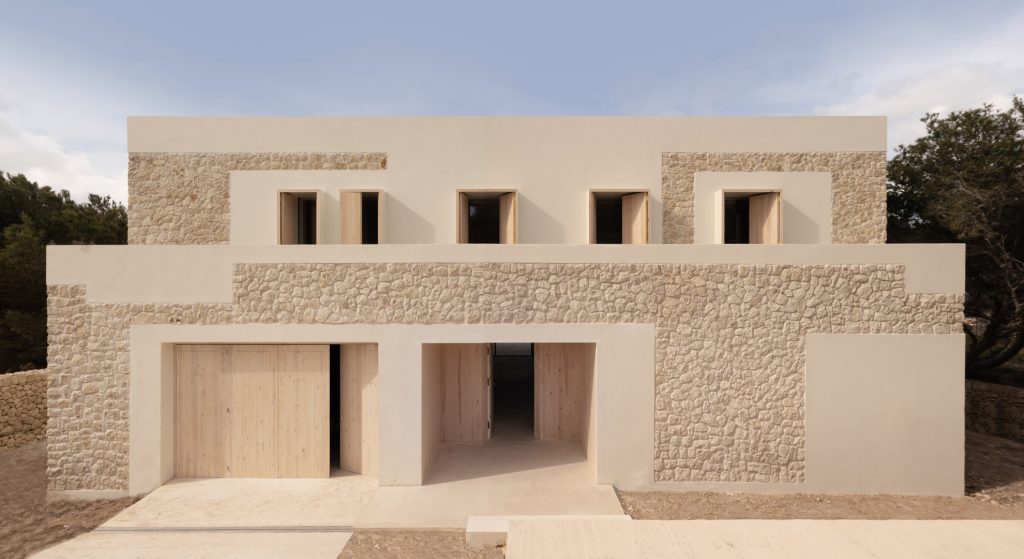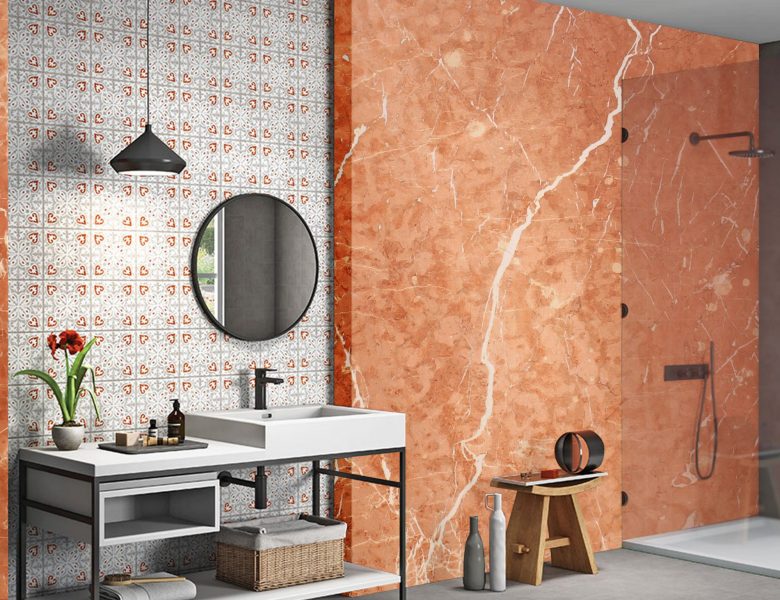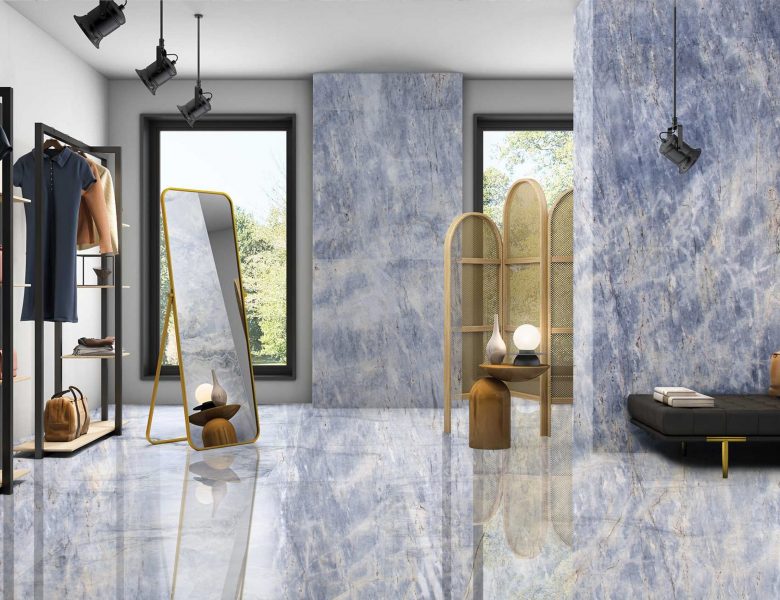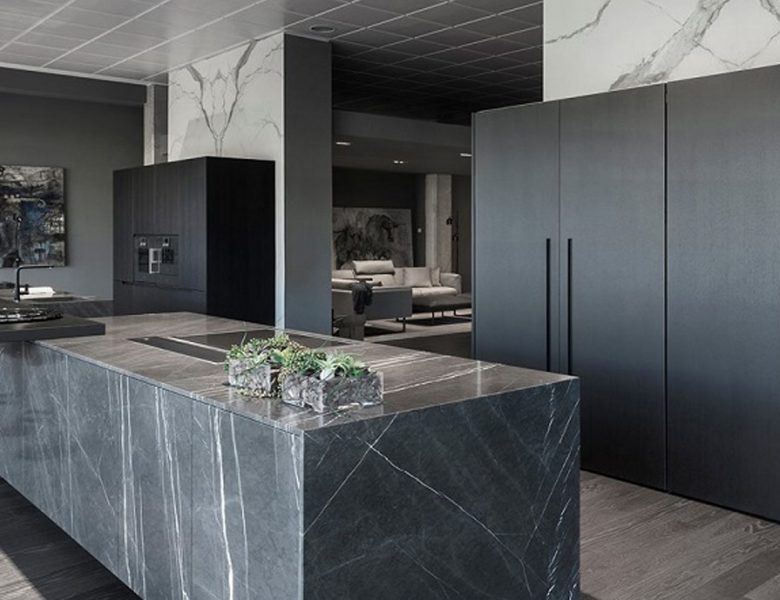Limestone, a timeless and versatile natural stone, has graced the Earth’s surface for centuries, leaving an indelible mark on architectural marvels and landscapes alike. It carries a unique blend of organic beauty and enduring strength. Limestone is a sedimentary rock predominantly composed of calcium carbonate that holds a significant place in human history and remains a cornerstone in various industries.
Some famous applications of limestone include The Great Pyramid of Giza in Egypt, The Empire State Building in New York, USA and The Colosseum in Rome, Italy. The term ‘limestone’ originates from the Latin word ‘limus’ which means ‘mud’. This is as limestone is often in mud deposits.
Most limestone layers originated from marine sediment deposition on sea floors, with some forming in freshwater lakes, rivers, and even on dry land. The narrative of limestone begins with the gradual accumulation of marine organisms’ remains on the ocean floor. Over time, this organic matter transforms into various limestone forms, such as chalk, marl, travertine, and tufa, each possessing.
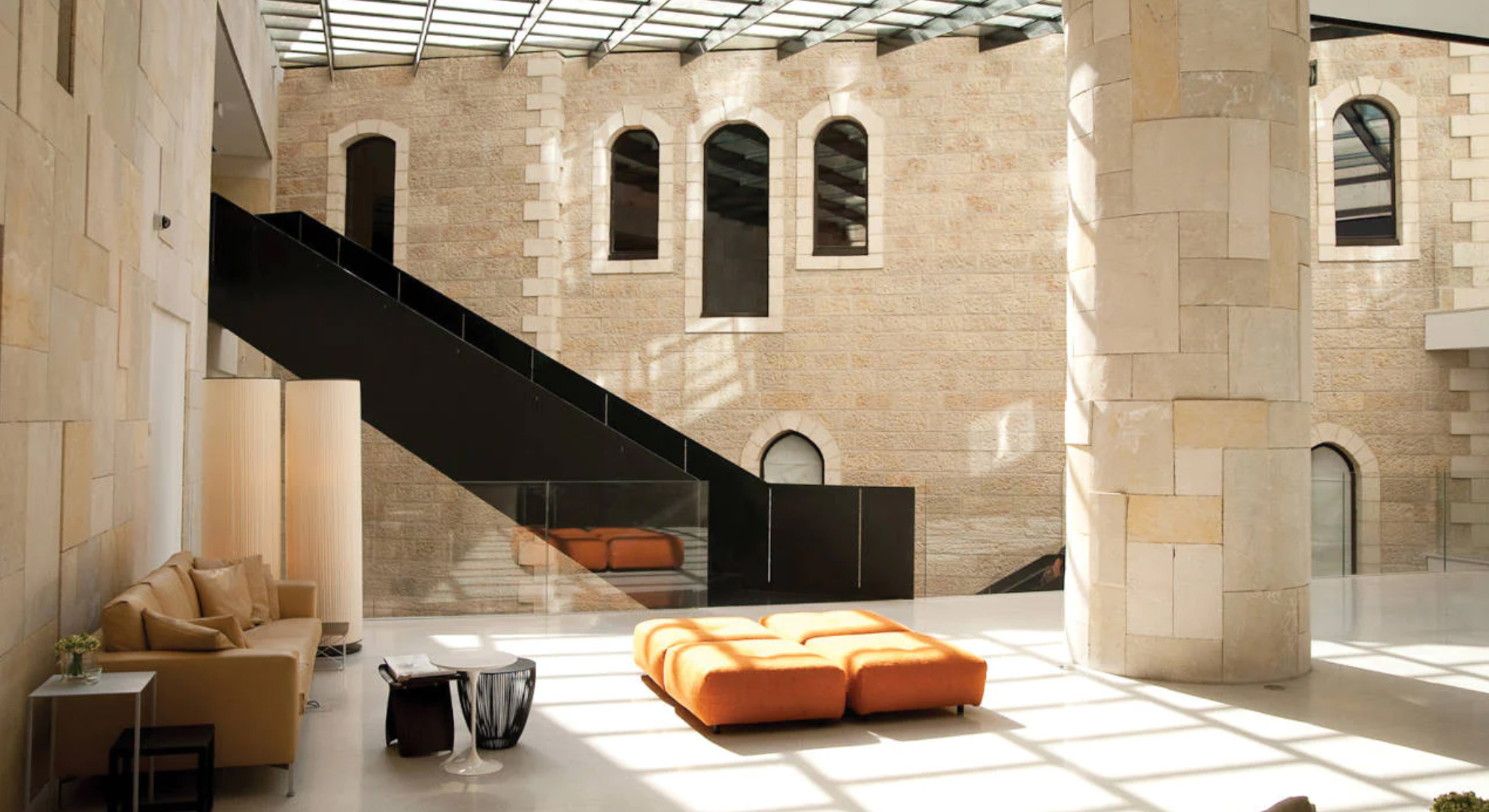
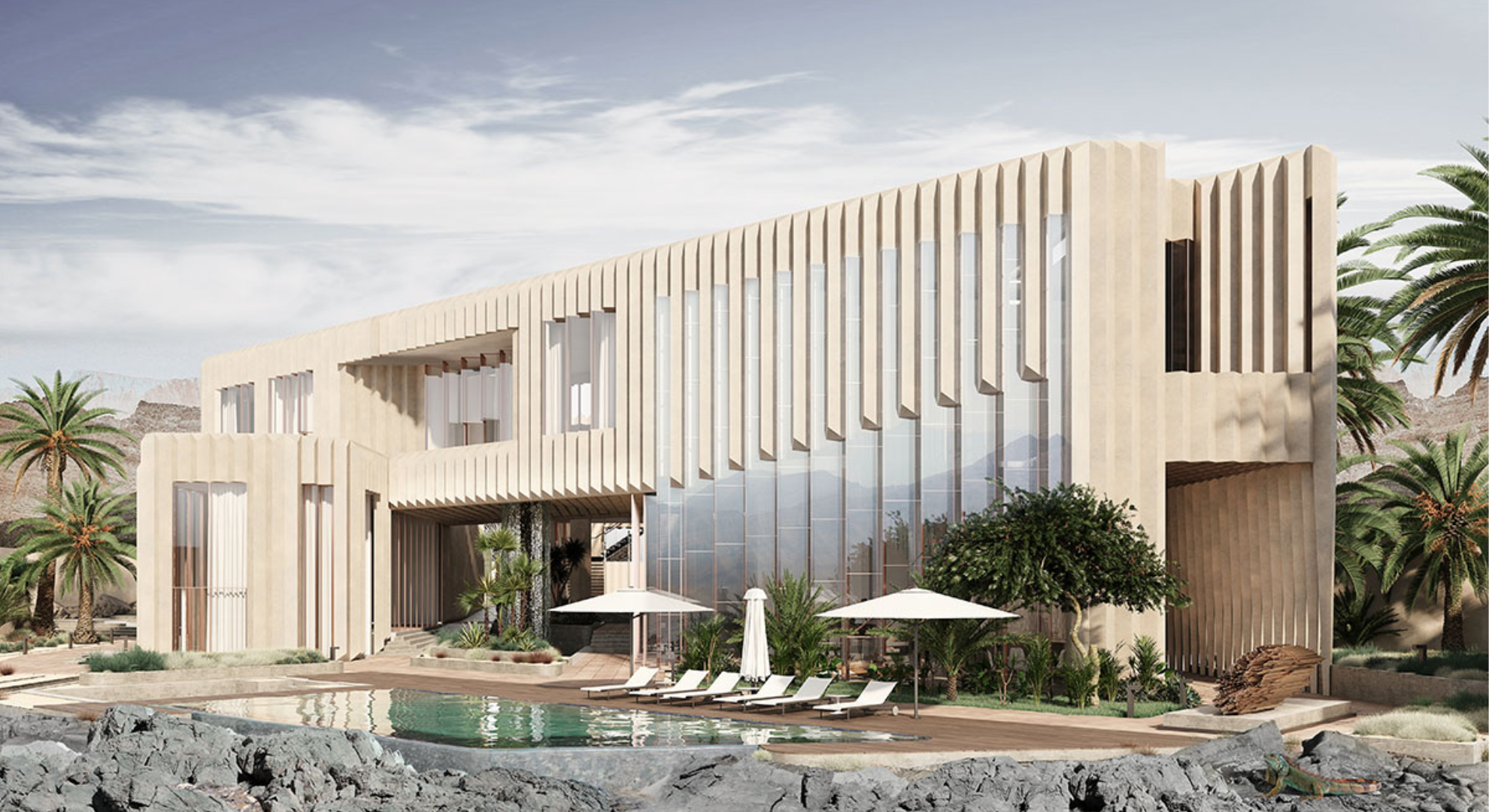
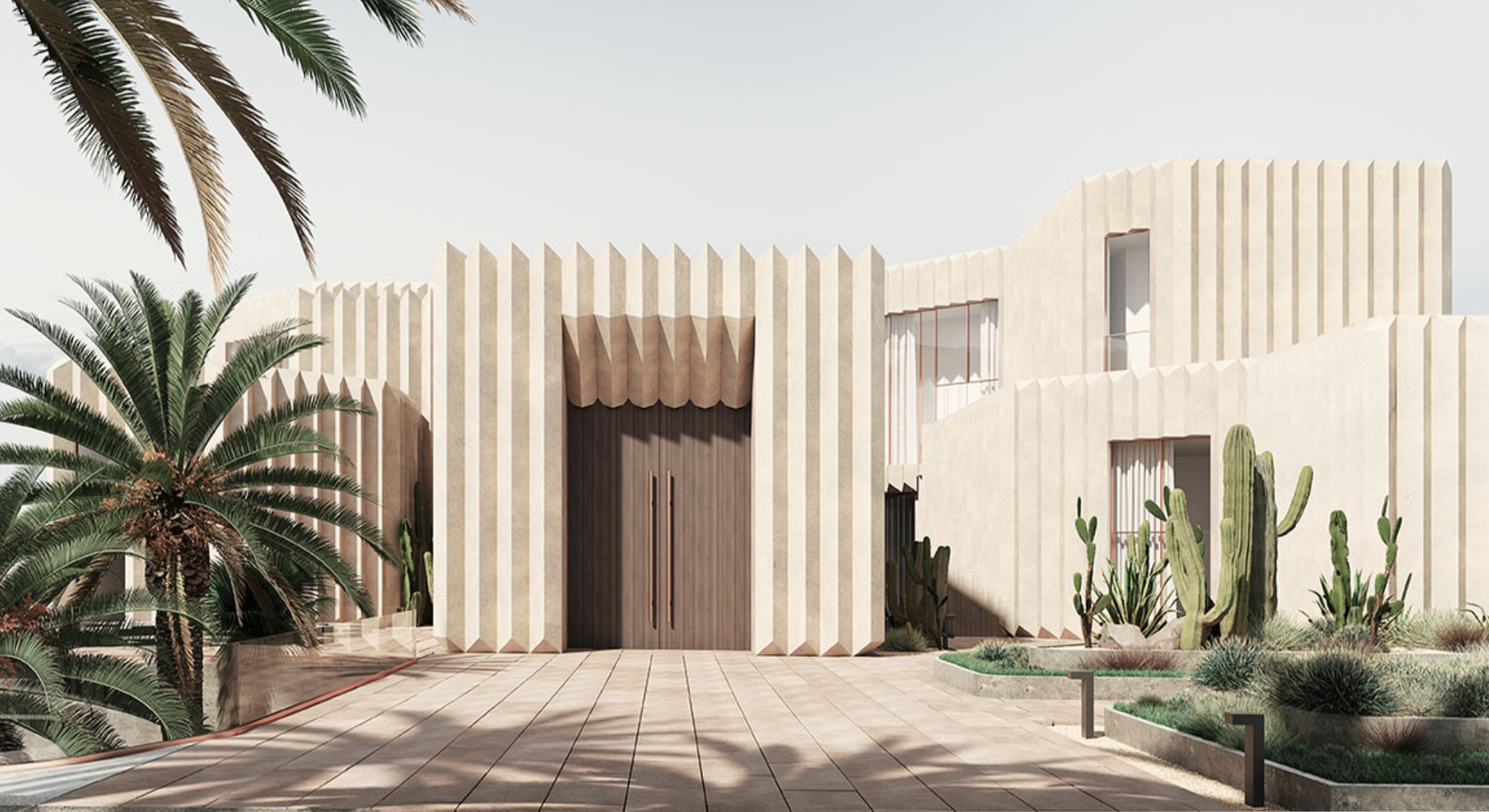
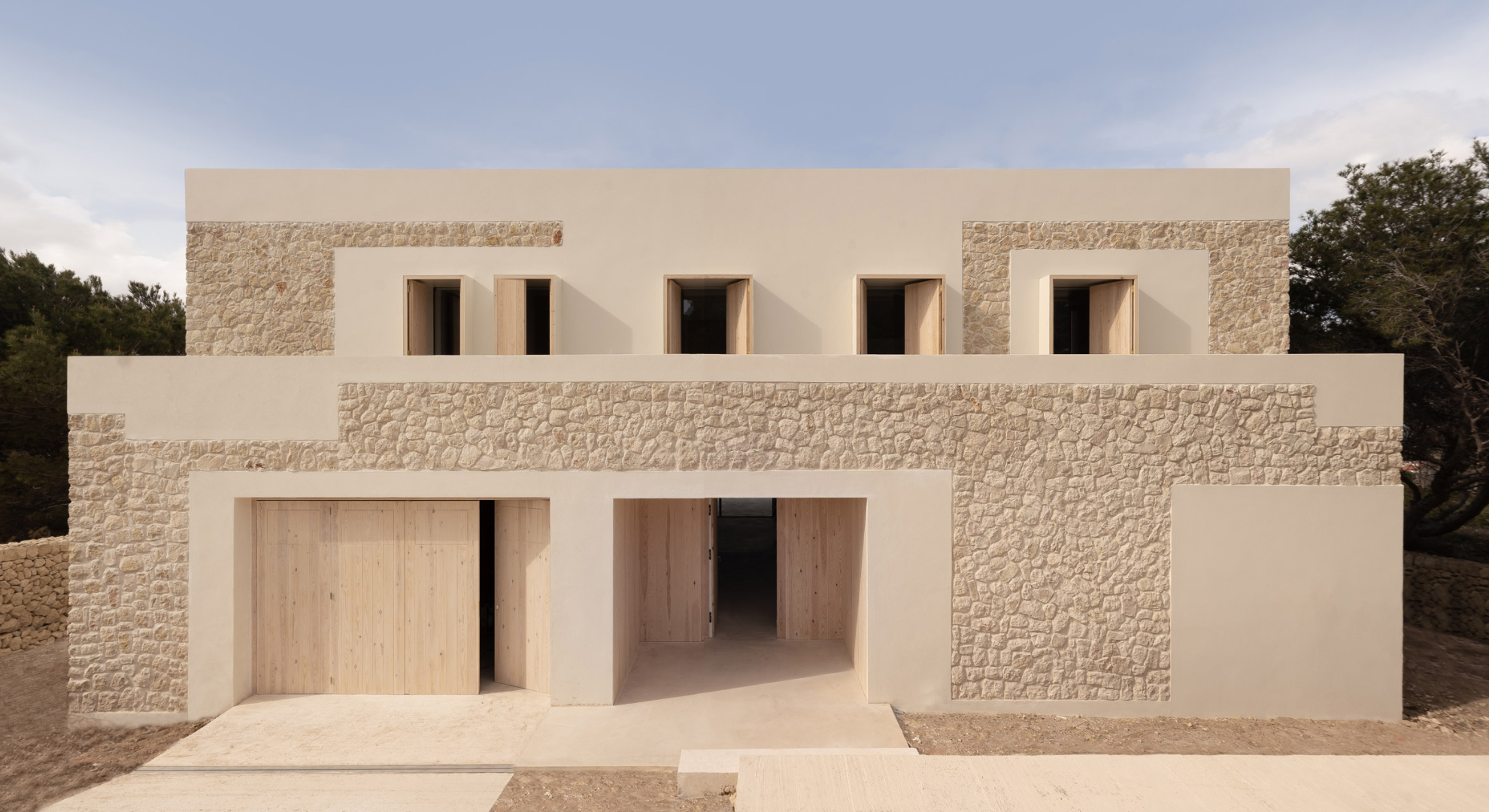
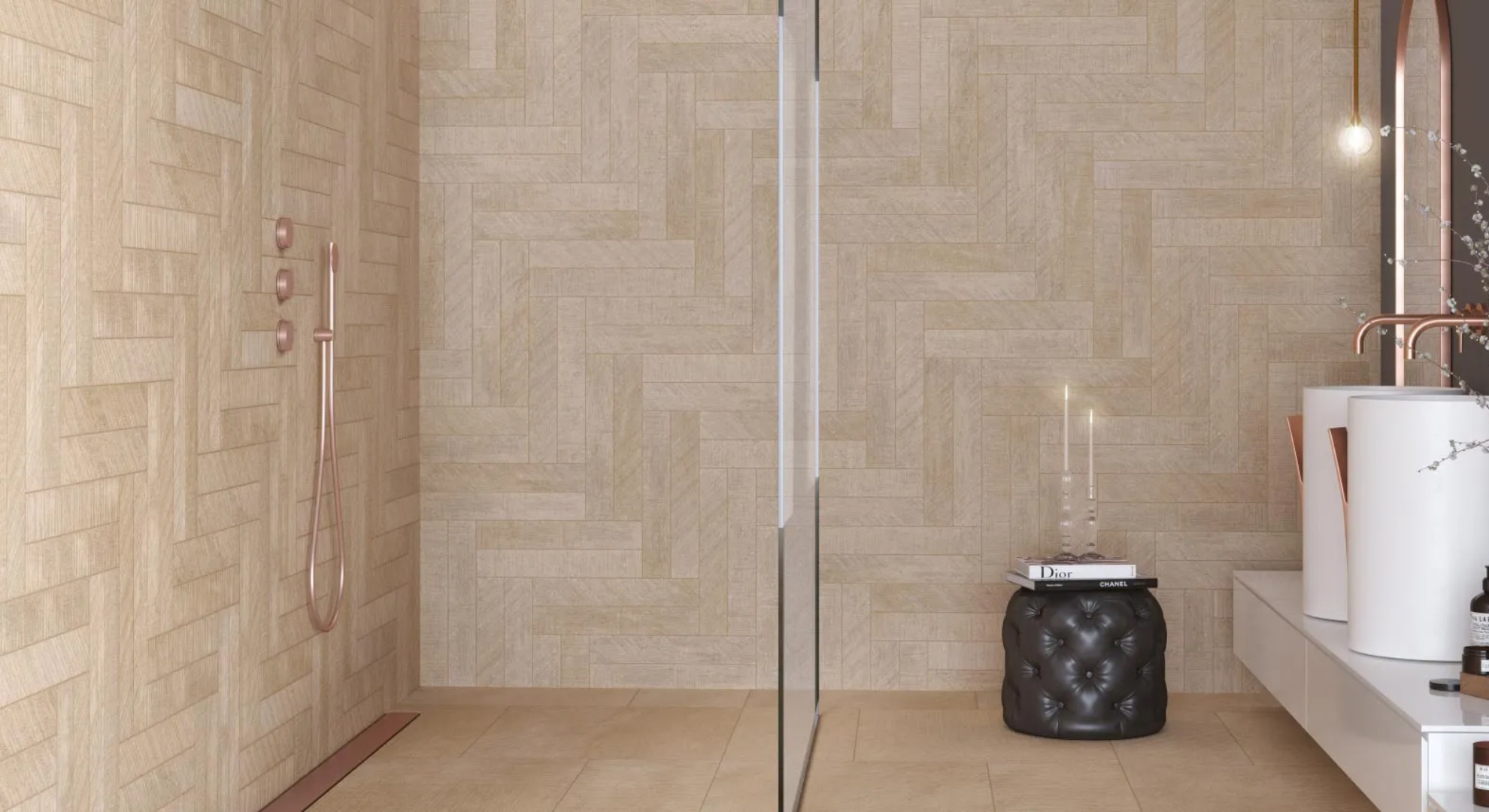
CHARACTERISTICS AND BENEFITS OF LIMESTONE
Composition and Colour: Predominantly composed of calcite and dolomite, limestone‘s color and texture can vary due to impurities. Available in various neutral colors, limestone complements a wide range of design aesthetics.
Texture: Limestone exhibits a diverse range of textures, from clastic to non-clastic, featuring varying grain sizes.
Aesthetic Appeal: Limestone’s timeless beauty is ideal for enhancing architectural and artistic endeavors.
Versatility: It can be intricately carved and cut, allowing for detailed and intricate designs. Its inherent hardness renders it an excellent choice for construction purposes.
Insulation and Durability: Limestone aids in maintaining indoor temperatures, contributing to energy efficiency. It withstands various weather conditions admirably.
DISADVANTAGES
Maintenance: Regular upkeep is necessary to preserve limestone’s appearance and integrity.
Vulnerability to Acid and Staining: It is sensitive to acidic substances, which can erode its surface. It is prone to stains that can be challenging to remove.
Cost: Limestone can be relatively expensive, impacting its accessibility.
Fading Over Time: Excessive exposure to sunlight can cause limestone to lighten in colour. However, lightening of limestone can make it seem brighter and more vibrant in some places.
WHY IS IT USED IN ARCHITECTURE AND DESIGN
For more details log on our website : www.alasalmarbles.com or write us email : info@alasalmarbles.com
Follow our social media for regular updates...
Tag : Neolith, Cladding, Natural stone, Cladding materials, Selecting the best cladding material, Exterior, cladding, High-rise buildings, Most popular cladding material, Limestone, Travertine, Current trend in cladding, Quartzite, Choose a marble for kitchen top, Kitchen Islands, Natural marble top, Marble Countertop, Highly durable stone, Preferred options for the kitchen tops, Granite Counter tops, Cleaning the granite counters, Kitchen countertop, Best kitchen countertop, Marble, Marble, kitchen tops, Natural stones, Designing your kitchen, Granite, Caesarstone, Sintered stones, Marble and granite suppliers in UAE, Kitchen Counter, How to select kitchen counter, Quartz Slabs, Slate, Countertop options, Quartzite countertops, Cleaning quartzite countertops, Sintered Stone, Kitchen surface, Advantage of Neolith, Countertop designs, Quartz countertops, Budget friendly, kitchen countertops, Feature wall, Natural stone cladding, Granite cladding, AL ASAL MARBLE, Adhesive, Marble adhesive, Floor, Flooring, Commercial, Projects, Projects, Stones, Stones, Internal, External, Walls, Flexible, Countertops, Wall cladding, Engineered stone, Stone adhesive, Marble fixing, Marble flooring, Waterproofing, Sealing, Sealant, Marble cleaning, Marble suppliers in UAE, Marble manufacturer, Stains in marble, Marble sealer, Leading marble company in UAE, Best Marble company, Marble protection

